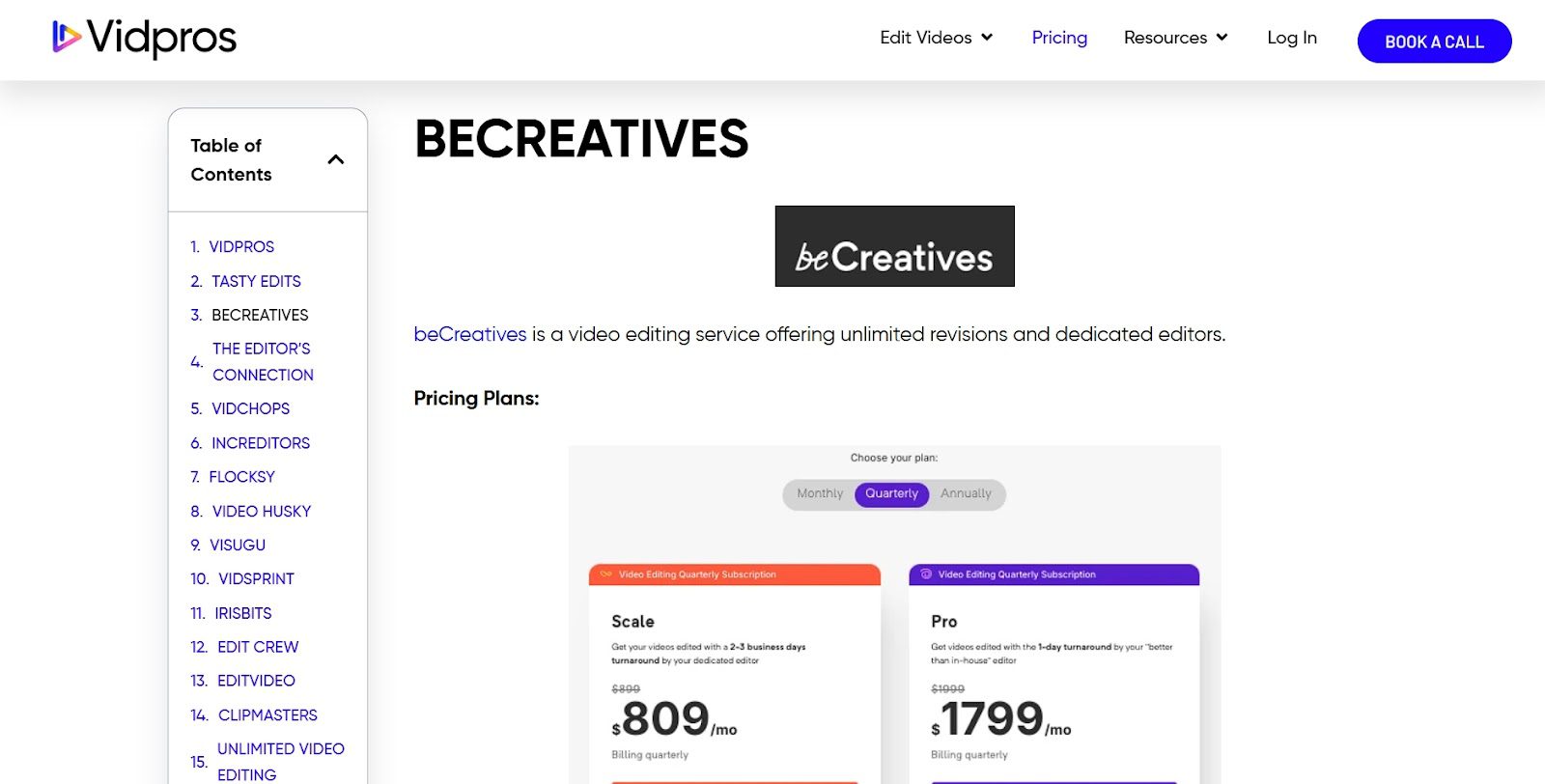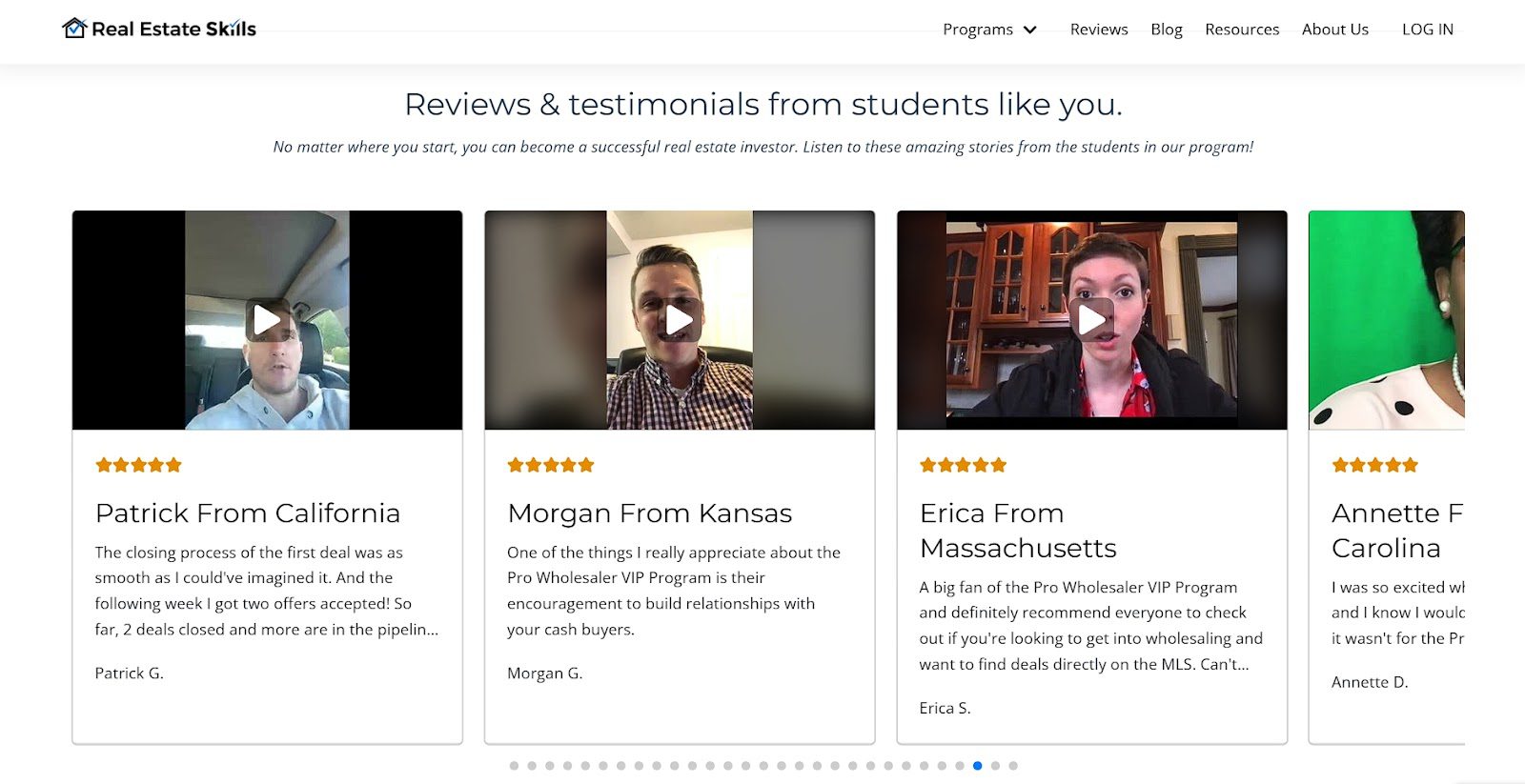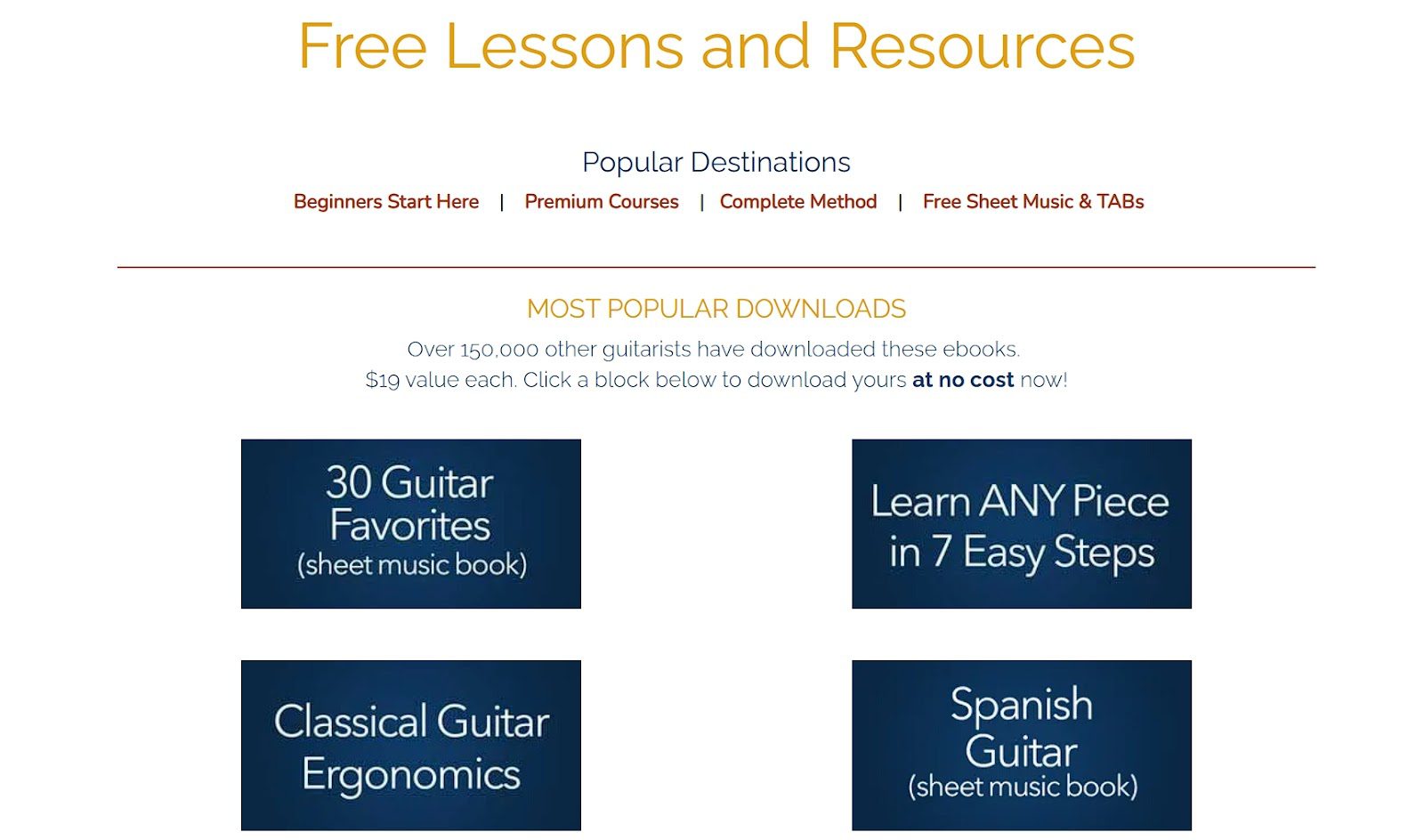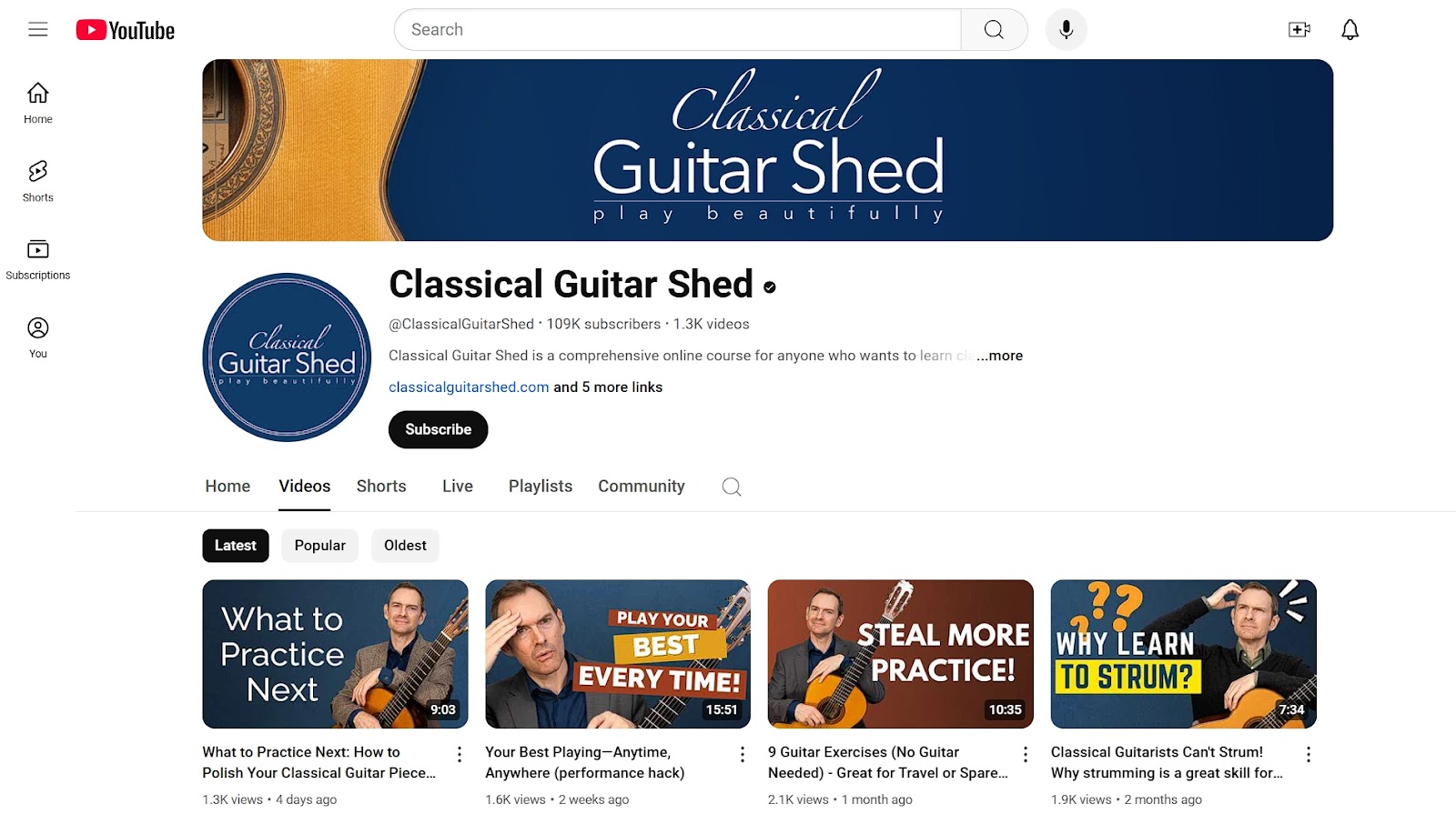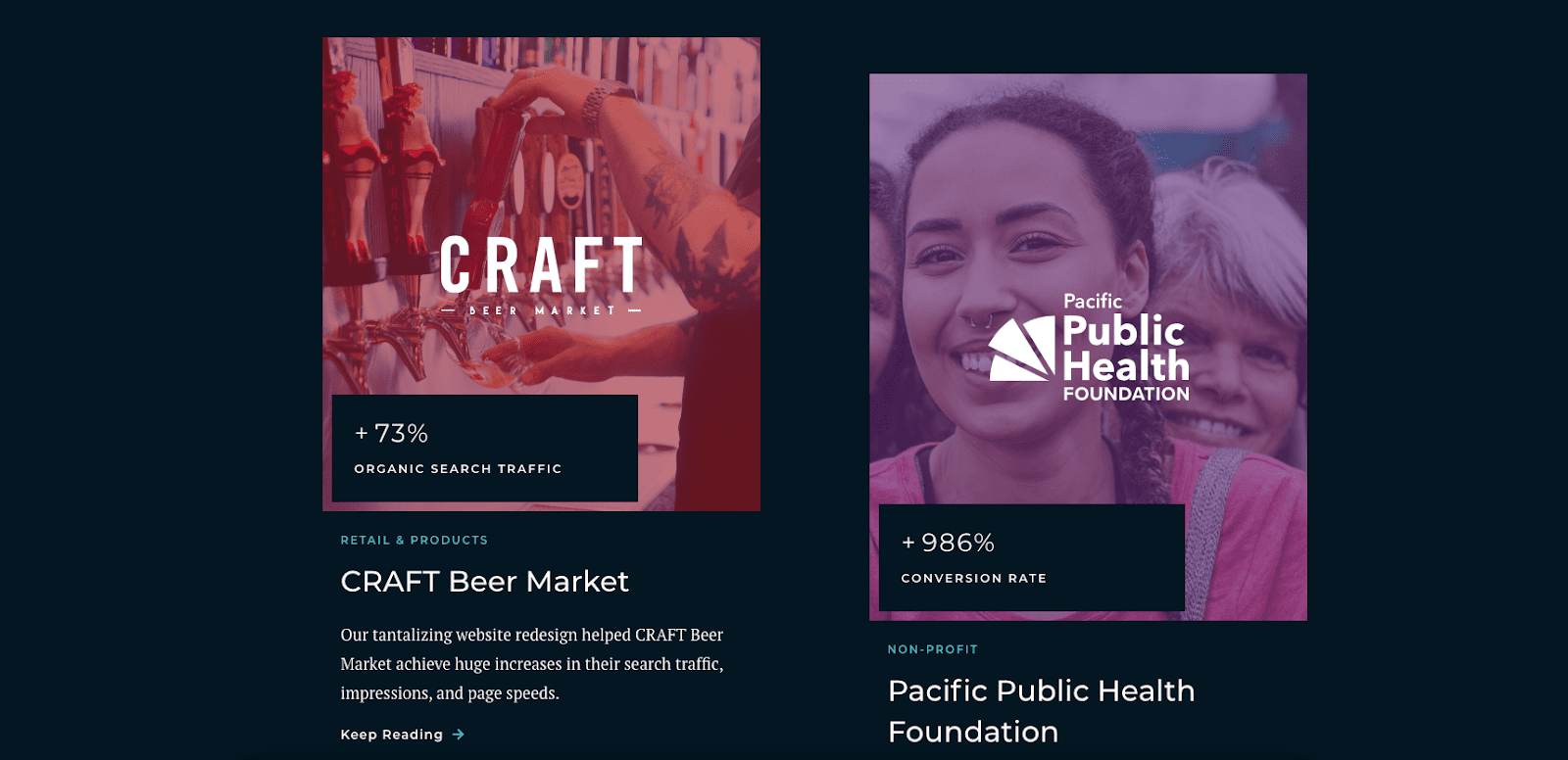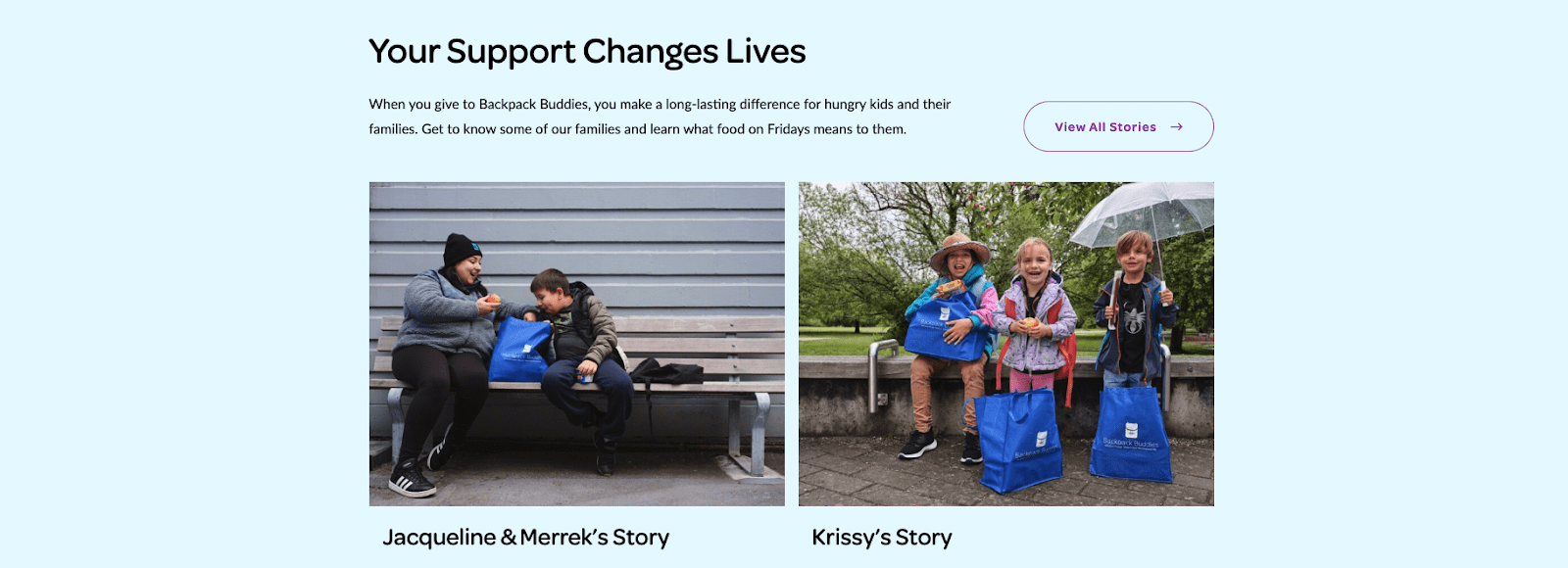You’ve probably noticed how the most successful companies don’t just sell products – they own their unique space in the market. They stand out. They’re memorable.
All of that doesn’t happen by accident. We’ve spent years helping brands find their edge, and we’ve learned that differentiation isn’t about making wild claims or trying to be everything to everyone. It’s about strategic choices that highlight what makes your brand genuinely special.
Brand differentiation is all about creating a clear reason for people to choose you over anyone else.
In this article, we’ll cover eight tactics you can use to set your brand apart in ways that actually work. You’ll learn how to craft a unique position in your market, build a memorable brand voice, and leverage the elements that genuinely attract and keep customers.
1. Boldly Compare Your Product Features with Competitors’
Direct comparison marketing is a bold yet powerful way to showcase your strengths and control the narrative.
When you openly compare features, you’re showing confidence and transparency, which builds trust with potential customers. Plus, you’re saving them valuable research time by putting all the information they need in one place.
How to Make This Work
- Map out your key differentiators. Focus on features where you genuinely excel, but stay honest about them.
- Present comparisons in an easy-to-scan format, whether it’s a table, chart, or detailed breakdown.
- Remember to maintain professionalism. Avoid trash-talking competitors and stick to verifiable facts.
- It’s also smart to regularly update your comparisons as the market evolves.
- Above all, ensure your claims are backed by data and avoid exaggerations. The goal is to be seen as informative, not boastful.
Examples
We can see this tactic in action with Vidpros, a subscription-based video editing service. They’ve created an extensive comparison piece titled “17 Top Unlimited Video Editing Solutions” where they break down each competitor’s offering in detail.
Instead of shying away from competition, they embrace transparency by analyzing pricing, pros, cons, and specific features of each service provider.
Eden Emerald Mortgages, a mortgage brokerage serving Australian homebuyers, takes a different but equally effective approach. Rather than naming specific competitors, they use their homepage to display a comparison table that contrasts their services against typical banks and mortgage brokers.
This strategy helps them highlight their unique benefits while addressing common pain points in the mortgage industry.
The key is choosing the comparison style that fits your market position.
Whether you opt for detailed individual breakdowns or a broader industry comparison, make sure your approach aligns with your brand voice and customer expectations.
2. Double Down on Visual Differentiation
In times when first impressions happen in milliseconds, your visual identity can make or break your market position.
This isn’t just about looking pretty but about communicating value through visuals.
Studies show that high-quality, engaging imagery gets 94% more views than basic visuals. That’s proof that people connect with and remember brands that invest in their visual presentation.
How to Make This Work
- Define your visual brand guidelines.
- Invest in professional photography or high-end graphic design that aligns with your brand’s personality
- Choose settings that enhance your product’s appeal.
- Keep your imagery consistent across all platforms, from your website to social media.
- Don’t just focus on product shots. Create a complete visual ecosystem that tells your brand’s story.
- Remember to optimize these visuals for different platforms and devices while maintaining their quality.
Examples
Take Ailm Estate, an Okanagan winery with a website that truly evokes visual luxury. Their site showcases their traditional sparking wines through sophisticated photography that creates a sense of exclusivity and desirability.
Their visual presentation of both the family winery and the products makes their brand instantly feel to potential customers like the premium quality that they actually are.
SopranoVillas, a boutique agency specializing in luxury Italian vacation properties, demonstrates another brilliant example of visual differentiation. Their social media feeds are filled with stunning photographs of their rental offers. Each image is carefully composed to capture the romance and elegance of Italian living.
They don’t just show their properties but instead sell the dream of being on a luxury vacation, through carefully curated visual storytelling.
The lesson here is: When your product commands a premium position, your visuals need to reflect that value. Whether you’re selling luxury chocolates or dream vacations, don’t see exceptional imagery as an expense. It’s an investment in your brand’s market position.
3. Lean into Detailed, Meaningful Social Proof
Going beyond standard reviews and simple testimonials, detailed, meaningful social proof is an excellent way to differentiate your brand.
When customers provide specific feedback about their experiences, it resonates more deeply because they’re speaking directly to their peers – your potential customers.
And since 97% of consumers read online reviews to evaluate a business, in-depth testimonials can strongly impact their decisions.
How to Make This Work
- Focus on collecting detailed, specific testimonials that go beyond “great product!” Video testimonials work exceptionally well for this. They’re authentic, relatable, and easy to share.
- You can also use case studies, customer stories, or detailed written reviews on your site and social channels to offer varied perspectives.
- Encourage customers to share specifics: what problem they had, how your product or service solved it, and any measurable outcomes.
- Create a system to regularly gather this feedback, whether through follow-up emails, social media monitoring, third parties, or direct outreach.
- Most importantly, showcase these testimonials where they’ll have the most impact – at key decision points in your marketing funnel.
Examples
Real Estate Skills, a company offering comprehensive real estate investing education, exemplifies this approach. Their website features an extensive collection of video testimonials from actual students who share detailed accounts of their learning experiences and subsequent successes.
These aren’t quick soundbites, but in-depth stories that address specific concerns potential students might have.
Notebook Therapy, a curated marketplace for stationery enthusiasts, takes a different but equally effective approach. They’ve built a thriving community around UGC (user-generated content), particularly through unboxing videos shared across their social platforms.
These authentic moments of customers discovering their aesthetic journals and stationery items generate thousands of engagements because they showcase the real joy and satisfaction of their target audience.
So, don’t just collect random testimonials. Curate stories that speak directly to your target market’s desires and concerns.
4. Be the Brand That Gives Valuable Resources Away for Free
When you freely share valuable resources, you’re being more than generous. You’re positioning your brand as an authority and building trust before asking for a sale.
This strategy creates a powerful reciprocity effect and helps potential customers experience your expertise firsthand. It also sets you apart from competitors who keep everything behind a paywall.
How to Make This Work
- Identify what knowledge or tools your audience would find genuinely valuable.
- Create resources that solve real problems but don’t give away your entire premium offer.
- Focus on quality over quantity. One comprehensive guide is better than ten superficial blog posts.
- Distribute these resources strategically across different channels, and don’t hide them behind complicated sign-up forms.
- Maintain consistency in your brand voice and quality standards across all free content.
Example
Classical Guitar Shed demonstrates this approach brilliantly in the online music education space. As a provider of premium guitar instruction, they’ve created an impressive library of free resources, including sheet music, technique guides, and detailed tutorials.
Their YouTube channel serves as an extension of this strategy, offering high-quality instructional content that helps guitarists improve their skills. By giving away substantial value upfront, they prove their teaching expertise and build trust with potential students.
The success of this approach lies in striking the right balance. Offer enough value to demonstrate your expertise, but ensure your premium offers provide clear additional benefits.
When done right, free resources don’t cannibalize your paid products. They create a natural pathway toward them.
5. Prove Your Value in Numbers
Raw data cuts through marketing fluff and speaks directly to your audience’s practical needs.
When you back up your claims with specific numbers and measurable results, you transform vague promises into concrete proof of value. This approach particularly resonates with decision-makers who need to justify their choices with hard facts.
How to Make This Work
- Track meaningful metrics that matter to your customers.
- Don’t focus on impressive-sounding numbers but highlight statistics that demonstrate real impact.
- Whether it’s ROI, time saved, or performance improvements, make sure your numbers tell a compelling story.
- Present these statistics in clear, digestible formats and always provide context about what they mean for your customers.
- Update your metrics regularly and be transparent about how you measure them.
Example
Somewhere is an online recruitment agency. Their primary value proposition leans heavily on savings, a metric that most companies can relate to. But, instead of simply using generic terms the brand doubles down on measurable, savings-based claims.
The header contains a clear statement that includes the promise of an 80% lower payroll cost. This instantly resonates with a potential customer, not only because it’s a sizable savings, but also because the brand indicates that it arrived at this figure by looking at actual data from existing customers.
Forge and Smith uses this same method on its case studies landing page, and on its individual case studies. The site showcases actual analytics data from past clients, focused on the metrics that most clients are hoping to improve when they engage in a website redesign project.
The key to success with this strategy is selecting metrics that truly matter to your audience. Instead of broadcasting every possible number, focus on the ones that directly address your customers’ pain points and goals.
Remember: It’s not about having the biggest numbers but the most relevant ones that prove your value proposition.
6. Provide Your Customers with a Personalized Experience
When it comes to standing out, personalization packs a serious punch. It’s a proven strategy with a remarkable 95% success rate, according to marketers worldwide.
In a market where customers are bombarded with generic messaging, personalized experiences make them feel valued and understood, leading to stronger brand loyalty and higher conversion rates.
How to Make This Work
- Collect relevant data about your customers’ behaviors and preferences.
- But don’t stop at just using their first name in emails. Focus on creating meaningful customization through purchase history, browsing patterns, and interaction data.
- Segment your audience effectively and create tailored content and recommendations for each group.
- Remember to give customers control over their preferences and always respect privacy boundaries.
- Most importantly, ensure your personalization efforts actually add value rather than just showing off your data collection capabilities.
Example
Printful, an on-demand printing and fulfillment service for e-commerce entrepreneurs, shows how powerful personalization can be. They send monthly personalized recap emails to their merchants that break down their business performance metrics. These reports present each client’s sales, profit, and revenue data in an easy-to-understand format, helping them track their growth and make informed decisions.
This isn’t just data dumping. It’s providing actionable insights tailored to each user’s business journey.
The secret to successful personalization goes beyond technology and into the understanding of what information truly matters to your customers and delivering it in a way that helps them achieve their goals.
7. Invoke Your Audience’s Emotions
When brands connect emotionally with their audience, they create memories that last longer than any feature list or price promotion.
Emotional marketing works because purchasing decisions aren’t always based on logic. They’re often driven by how brands make people feel. When you tap into the right emotions, you create a bond that competitors can’t easily break.
How to Make This Work
- First, identify which emotions resonate most with your target audience’s aspirations and pain points. Are they seeking confidence? Security? Achievement?
- Craft your messaging and content to trigger these specific emotional responses.
- Use storytelling techniques, but keep it authentic. Audiences can spot manufactured emotions from miles away.
- Focus on real stories, genuine connections, and relatable situations.
- Remember to maintain consistency across all touchpoints to build emotional resonance over time.
Example
Non-profits like Backpack Buddies are particularly effective at understanding the need for an emotional connection with their audience – ie. potential donors. Throughout the Backpack Buddies website, visitors see the faces of real children (and parents) from around British Columbia who rely on their program for food on weekends.
This turns the issue of the hunger gap into more than a statistic, and really makes it hit home for those considering helping out.
With this strategy, the key is choosing emotions that align naturally with your brand and product.
Tapping into emotion does mean you should try to employ dramatic sadness or over-the-top inspiration, especially if it’s not authentic. Sometimes, simple feelings of belonging or accomplishment can create the strongest connections with your audience.
8. Demonstrate That You Truly Care
Modern consumers want more than mere products. They want to support brands that share their values.
The numbers speak for themselves: 70% of consumers choose brands that align with their principles, and 78% are more likely to remember companies with a strong purpose. Some brands may be all about doing good. However, this allows them to create genuine connections that set them apart.
How to Make This Work
- Recognize the causes that genuinely align with your brand values and resonate with your audience.
- Don’t start jumping on trending social issues. Choose initiatives where you can make a real, measurable impact.
- Be transparent about your efforts and results, but avoid being performative.
- Create long-term commitments rather than one-off campaigns.
- Most importantly, integrate these initiatives into your core business model rather than treating them as side projects.
Example
Southern Explorations is a travel company that offers the “trip of a lifetime” experience for its customers. But the company is deeply committed to leaving a positive impact on the destinations they visit. Their commitment includes employing locals, bringing patronage to locally owned establishments, reducing the carbon footprint of travelers, and donating to local organizations.
The key to success is authenticity. Avoid adopting social causes for marketing purposes. Find ways to make genuine positive change that aligns with your brand’s core mission and values. When done right, social impact becomes a natural extension of your brand identity.
Final Thoughts
Standing out means a lot more than being just different. It’s about being meaningfully different. Start with one or two of these tactics that resonate most with your brand’s strengths. Test them, refine them, and make them your own.
Whether through transparency, generosity, personalization, emotional connection, or social action, you’re on the way to building a brand that matters. Remember, your competitors can copy your features, but they can’t copy your identity. The market’s crowded, but there’s always room for brands that dare to be distinctively themselves.

